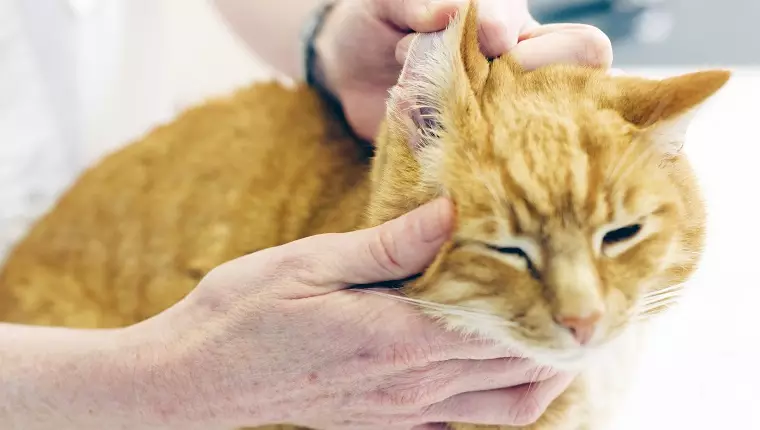Cats have a unique charm, and one of their most endearing features is their fuzzy little ears. However, as much as we adore our feline friends, we also need to ensure they remain healthy. Ear health is a critical aspect of grooming that often goes overlooked, but regular checks and proper care can help maintain their well-being. This article discusses essential steps you can take to monitor and care for your cat’s ears effectively.
Routine ear checks are a vital component of overall cat care. Just as you would regularly groom your cat’s fur, it’s equally important to inspect its ears. A healthy ear should appear clean, dry, and smooth, free from any signs of irritation or pain. Veterinarians typically identify specific indicators of ear problems: redness or swelling within the ear canal, scabs or sores on the ear, and any unusual discharge or odor. If you notice your cat scratching its ears excessively or holding them at odd angles, these could be signs of potential ear problems.
Early detection is essential; therefore, a proactive approach to ear health can prevent minor issues from becoming severe. If your observations raise concerns, don’t hesitate to consult with a veterinarian. Quick responses can often lead to straightforward solutions and avoid complications.
Ear mites are the most prevalent condition affecting a cat’s ears. These tiny parasites create discomfort and can lead to more severe health issues if left untreated. Indicators of ear mite infestations often include a dark, crumbly discharge resembling coffee grounds and excessive itching. If you suspect your cat might have ear mites, a visit to the vet is crucial. There are several effective treatments available, with topical solutions like Revolution and Advantage Multi being common recommendations for treating both ear mites and other parasites.
However, ear mites are not the only threats to your cat’s ears; they can also suffer from bacterial infections, allergic reactions, or even more severe conditions such as tumors or polyps. Each of these ailments requires specific treatments, so it’s important to discuss any concerning symptoms with a qualified veterinarian.
While some cats naturally keep their ears clean, others may require occasional assistance. When cleaning your cat’s ears, specialized ear cleaning solutions should be used to protect the sensitive structures of the ear. A vet can guide you in choosing the proper solution tailored to your cat’s needs.
When cleaning, it is essential to approach the process gently. Start by applying the cleaner into the ear canal and massaging the base of the ear. This can loosen any debris. Next, utilize a cotton ball to wipe away excess cleaner and any residue. It’s crucial to avoid using cotton swabs, as these can inadvertently cause damage to your cat’s ear canal.
Diet plays a significant role in maintaining your cat’s overall health, including ear health. Feeding your cat a balanced diet rich in essential nutrients can help bolster its immune system and reduce the likelihood of ear infections or irritations. Ensure that you provide fresh water and monitor your cat’s hydration, as this is also linked to healthy skin and ears.
Regular veterinary check-ups are an integral part of maintaining your cat’s health. During these visits, you can discuss any concerns regarding your cat’s ears or overall well-being. A vet can perform a thorough examination and provide preventative care recommendations.
Taking care of your cat’s ears is an essential but often overlooked part of responsible ownership. By performing routine inspections, understanding potential ear problems, practicing safe cleaning methods, and ensuring your cat has a healthy diet and regular veterinary visits, you can contribute significantly to your pet’s quality of life. Remember, effective communication with your veterinarian is key when it comes to your cat’s health. By prioritizing ear care, you are not just grooming your pet but also nurturing its overall health and happiness.


Leave a Reply